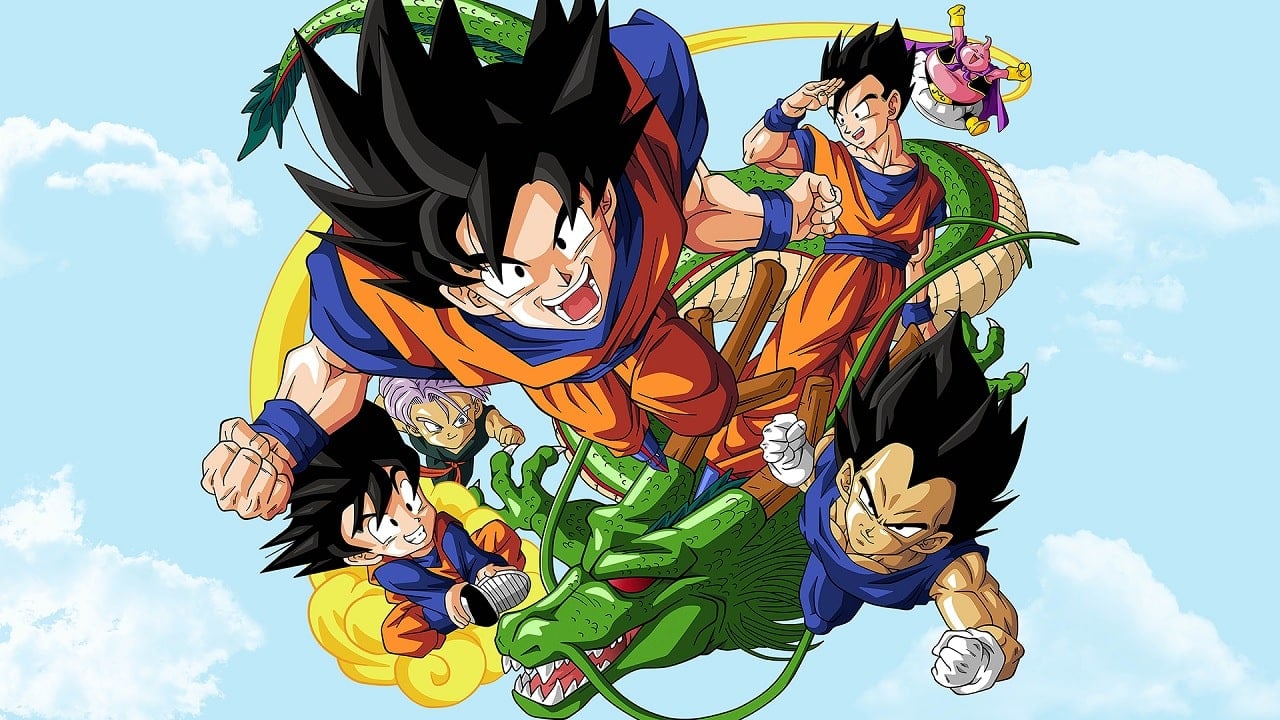The year is 2004. You’ve just finished school. You hurry home, make yourself a snack, plant yourself down on the couch and flip SABC 2 on. It’s almost 16:30, which means the next episode of Dragon Ball Z is about to start. You see the familiar opening, Shenron majestically looking over the land. The theme song “Rock The Dragon” kicks in. Life is good. Following the tragic news of the passing of Akira Toriyama, we’re taking a look back at how Dragon Ball Z dominated South African television and rocked our entertainment world.
Dragon Ball Z wasn’t the first anime to air on South African broadcasting networks. Pokemon kicked off a craze in the country that saw waves of children collecting tazo’s, trading cards and buying up merchandise by the truckloads. However, I’d argue that Dragon Ball Z was actually the single most important anime that shaped our childhoods and paved the way for a broader interest in anime today.

In between big story sagas in Dragon Ball Z, SABC 2’s prime afternoon time slot would be replaced by shows like Medabots, Hamtaro and Yu-Gi-Oh!, but none quite scratched that itch more than seeing Goku, Vegeta, Gohan and company battle formidable foes each week. After every episode, kids would discuss the latest developments in the show on the playground, have heated debates about how high the Super Saiyan transformations could go, or how Gohan was quietly the MVP of the series.
Regardless of which social circle you belonged to in school, you were probably in earshot of someone excitedly taking about Dragon Ball Z, a pop culture phenomenon that swept the nation at the time – and we didn’t even realise just how important it would become in creating the most cherished memories of our childhoods.

The key to its success was the timing. Before the boom of anime in the West during the late 90s and early 2000s, anime was a very niche medium and practically non-existent in South Africa. You still had older anime watchers who’d go through great lengths to seek out their next classic anime fix: Gundam Wing, Sailor Moon, Yu Yu Hakusho, Rurouni Kenshin, Slam Dunk, etc. Arguably, none would find much success in South Africa until the medium really took off thanks to the introduction of Pokemon and of course, Dragon Ball Z.
The target audience for Dragon Ball Z consisted mostly of pre-teens and teenagers in the early 2000s who wanted something a bit bolder than Pokemon. Along came this new series that revelled in its otherworldly action. Muscular super-powered characters were screaming, powering up, punching each other through mountains and shooting blue beams out of their hands. “What is this? I need more,” we thought. It was exactly the kind of show kids needed after Pokemon simply became too tame for them.

This wasn’t the vibrant heroics of Marvel or DC either. Dragon Ball Z had heroes fighting villains, villains fighting villains and ideals constantly clashing as characters went through tremendous emotional and physical developments, straining their relationships for the sake of seeking power to either protect those closest to them, or throw worlds into chaos through tyrannical means. It made a clear distinction between “safe” Western cartoons and this new, rising form of mature Japanese animation that was constantly pushing boundaries. And we wanted more of it.
Like many heroic protagonists in entertainment, Goku was a very easy character to root for. His pure, righteous intentions and naivity made him a paragon of virtue, representing all that is good in the world. However, where most comic books would stop at that point, anime was always taking it one step further. Goku is constantly pinned against tough enemies that force him out of his comfort zone. He still possessed a firm moral compass in the face of adversity but had to adapt to survive, feverishly fighting to his breaking point and beyond.

Perhaps that level of perseverance was something viewers could keenly relate to and apply to life’s challenges. If we just work a bit harder and persevere, we can also overcome any obstacle thrown at us, no matter how daunting it is. As a child, that’s a message I personally took from the show. Goku wasn’t just this almighty hero we could put on a pedestal like Superman or Spider-Man. He was flawed and righteous to a fault. Dragon Ball Z spared no expense exploring these shortcomings, which is why it hit home for many fans.
In South Africa, that was something so incredibly fresh and new in entertainment. Dragon Ball Z stuck with us and it wasn’t just because of the epic action and city-reducing battles. This was the key to the gate that opened up the world of anime, an exciting new horizon brimming with possiblities. I’m sure for many anime fans today, Dragon Ball Z isn’t the absolute peak of the medium. Arguably it’s not even the best of the shounen genre. However, there’s a part of us that looks back at the series more fondly than any other animation to shape our youth.

Akira Toriyama created a masterpiece that would forever stand the test of time with the Dragon Ball series. It’s by no means perfect but it was exactly the type of show that South Africa – and by extension, the world – needed to crack open anime as a potential global sensation, only later fully realised with Attack on Titan or One Punch Man. It all began with a boy and his flying cloud. Rest well, Akira Toriyama. Thanks for the memories.

